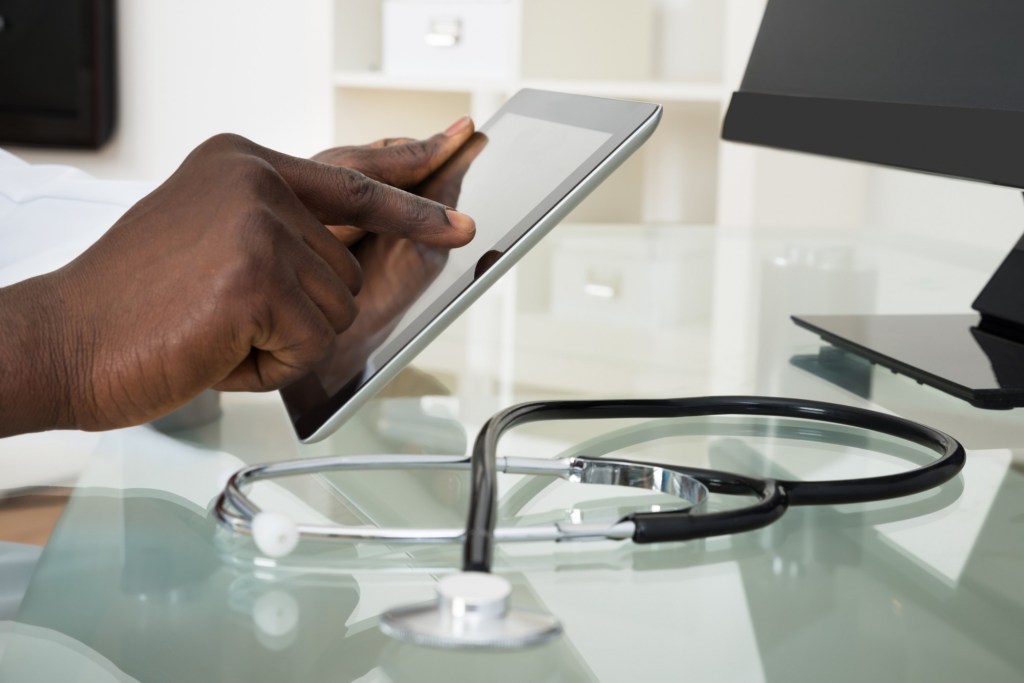Medical debt is the leading cause of bankruptcies in the United States, and more than 2 in 5 American adults have some.
In many cases, the money people owe to health care providers forces them to cut spending on food or utilities, forgo other medical care or take on even more debt. Medical debt can make it impossible to buy a home, pay for college or save for retirement.
To address the problem, Connecticut, New Jersey and a growing list of counties and cities are using public money to purchase and forgive millions of dollars of their residents’ medical debt. Earlier this month, Pennsylvania Democratic Gov. Josh Shapiro, unveiled a budget proposal that would set aside $4 million to purchase and pay off the debt of Pennsylvanians with low incomes. A disproportionate number of the 1 million state residents who owe money to health care providers live in rural areas, according to Shapiro.
“Combined with higher prices at the stores, this debt is an anchor holding those families and communities back,” Shapiro told lawmakers during his budget address. He noted that a relatively small state investment can make a huge difference, because hospitals will sell the debt for pennies on the dollar.
Such programs “can be truly life-changing,” said Gabriela Elizondo-Craig, a project lead at Innovation for Justice, a research program at the University of Arizona and the University of Utah. Her research has focused on state policies that impact medical debt.
“They didn’t choose to get sick, [and] didn’t choose to incur these expenses that can have these devastating effects on their lives,” she said.
Americans owe at least $195 billion in unpaid health care bills, according to a 2022 analysis of U.S. Census Bureau data by KFF, a health policy research organization. Black residents, residents of Southern states — many of which have not expanded Medicaid — and people with chronic conditions or low incomes are most…
Read the full article here







